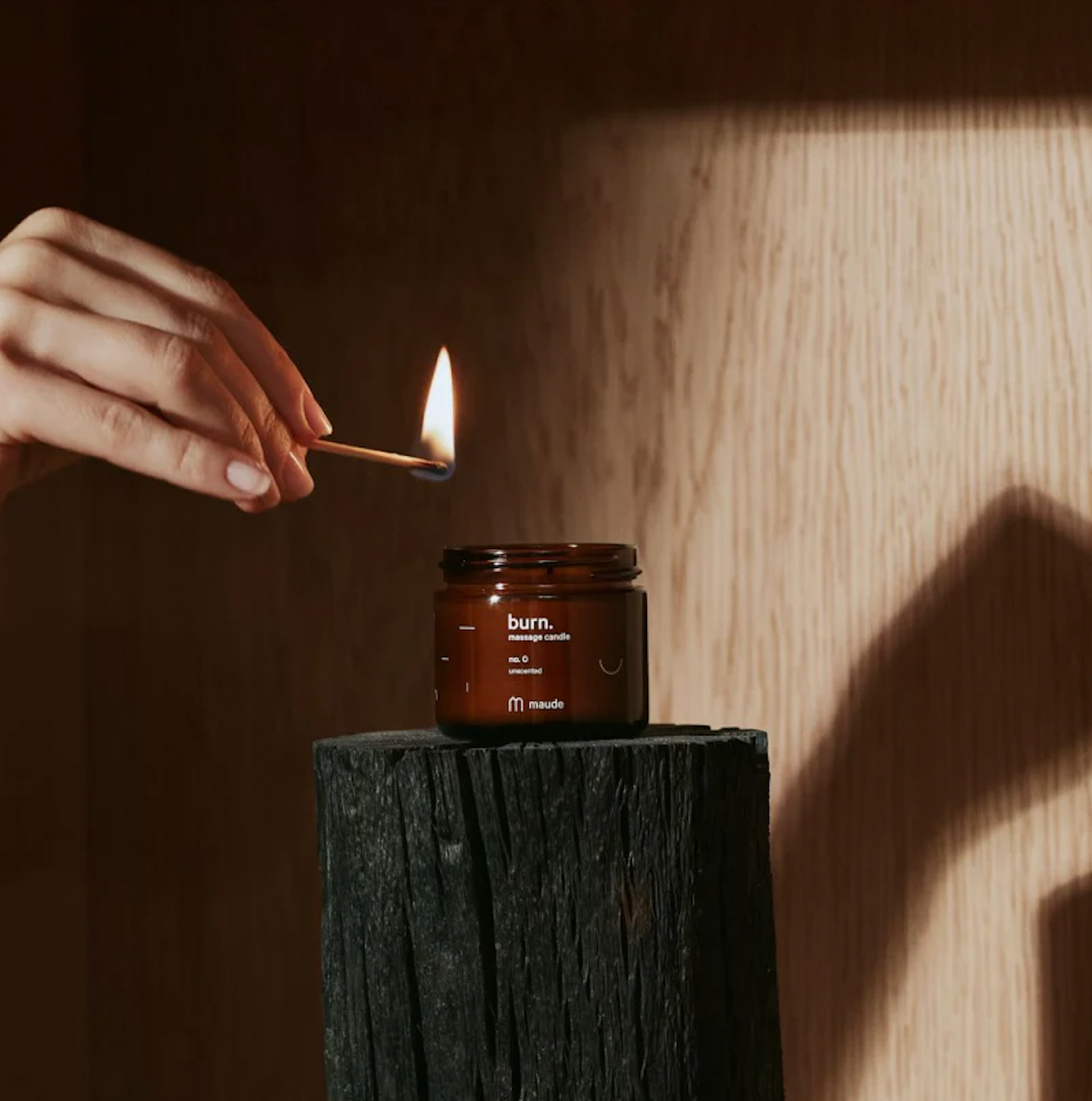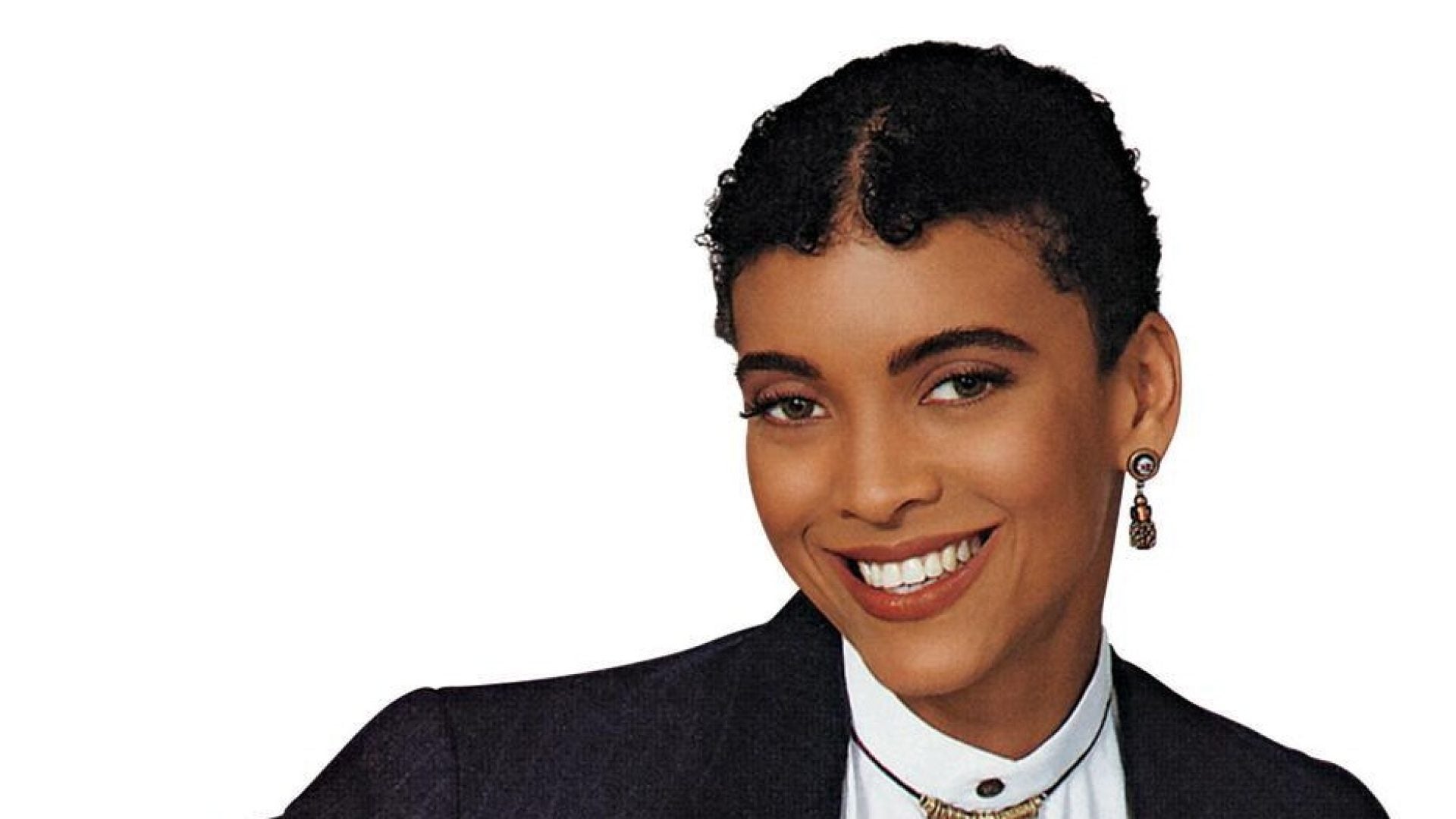
Launched in May 1970, ESSENCE is a living testament to Black progress and a beacon of Black empowerment – few publications can claim such a legacy. Now, as we stand on the cusp of our 54th year, it seems only fitting to reflect on the journey so far and to appreciate the foundation upon which this house was built. The genesis of ESSENCE was an alchemy of creativity, passion, and vision that birthed a magazine in which Black people saw ourselves in ways that were truly magical.
As OWN’s five-episode docuseries, Time Of Essence, retraces the publication’s history, it’s evident that its founding editors were inspired by a mission to uplift and serve that continues even now. As the architects of this grand design, staffers weren’t just putting out a magazine; they were shaping a purpose, one that would echo through generations and become a touchstone of culture, identity, and advancement for Black people everywhere. Time of Essence follows the magazine through its first five decades, with accounts from founders, dedicated editors, cultural icons and other visionaries who were there for ESSENCE’s most pivotal moments.
1970s
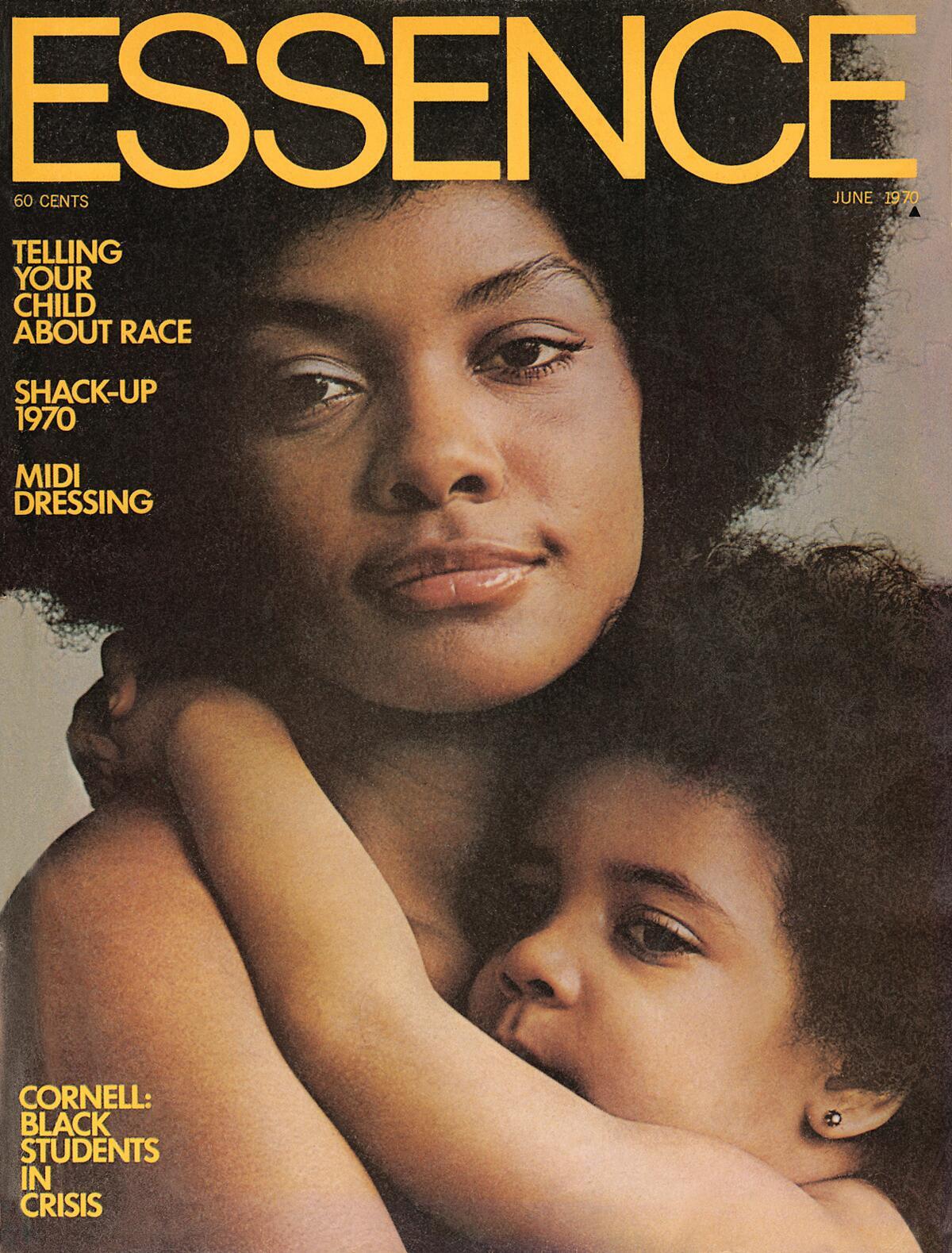
ESSENCE, originally envisioned for Black women by four Black men, emerged in response to major national and global crises of the 1960s-including the death of Martin Luther King Jr., and the Vietnam War. Before the magazine became the beloved brand we know, the owners considered naming the glossy new magazine Sapphire-after Sapphire Stevens the character played by Ernestine Wade on The Amos ‘N Andy Show. It was Ruth Ross, the first editor-in-chief, who came up with the now iconic name ESSENCE. Later, under Marcia Ann Gillespie’s editorial leadership, ESSENCE gained credibility by collaborating with Black creatives like legendary photographer Gordon Parks.
1980s
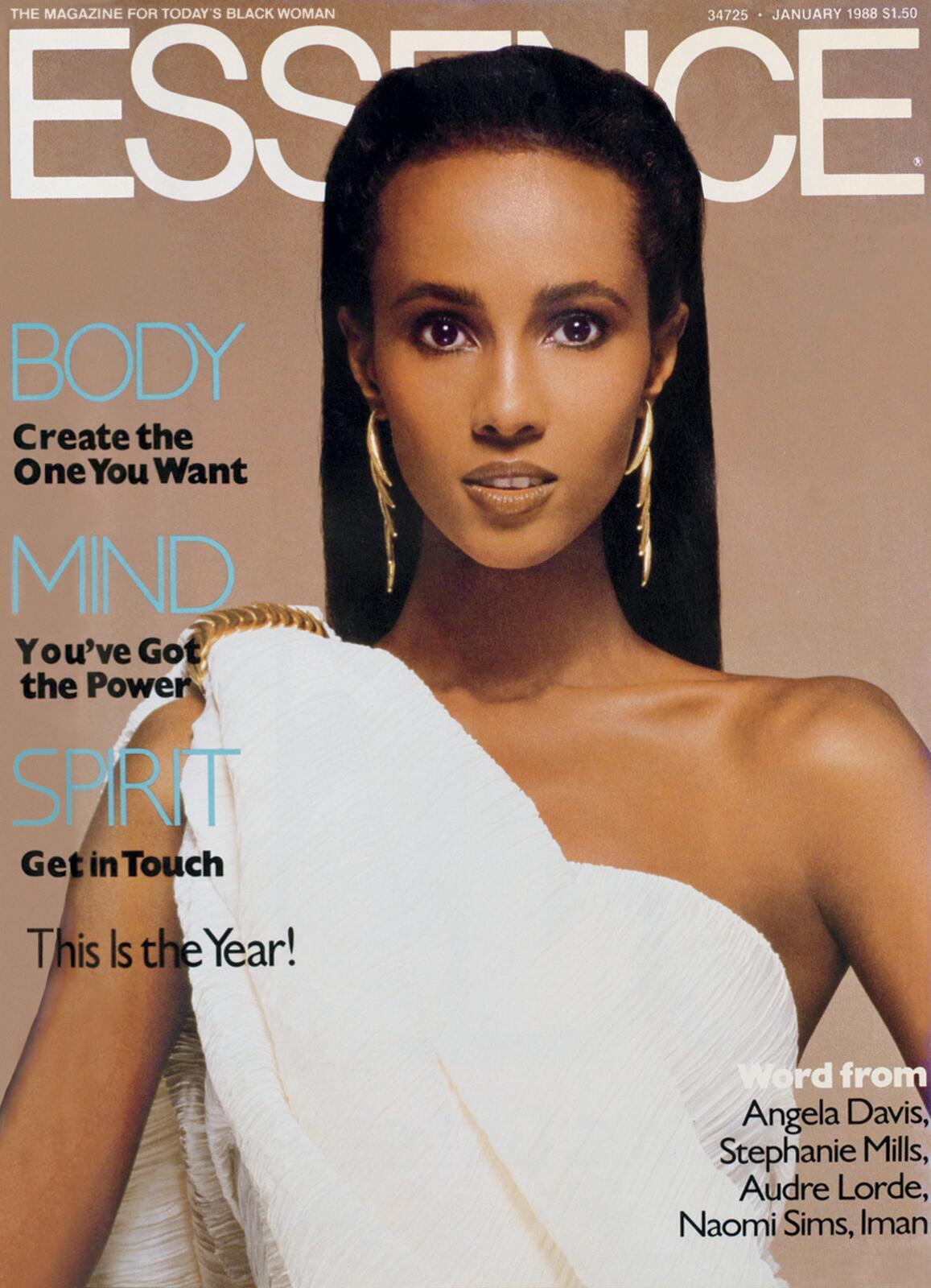
Even with Ronald Reagan in the White House coining the pejorative “welfare queens” to refer to Black women, they continued to use above stereotypes. They ushered in their own renaissance in the 1980s, marked by more Black women than ever earning college degrees. To challenge the stereotype, then ESSENCE editor-n-chief Daryl Royster Alexander ran an excerpt of Toni Morrison’s Tar Baby in the magazine, sparking much fanfare. Soon after, Susan L. Taylor took the helm, bringing yet more compelling voices to the page. Her editor’s letter, “In The Spirit,” was beloved by Black women across the diaspora.
1990s
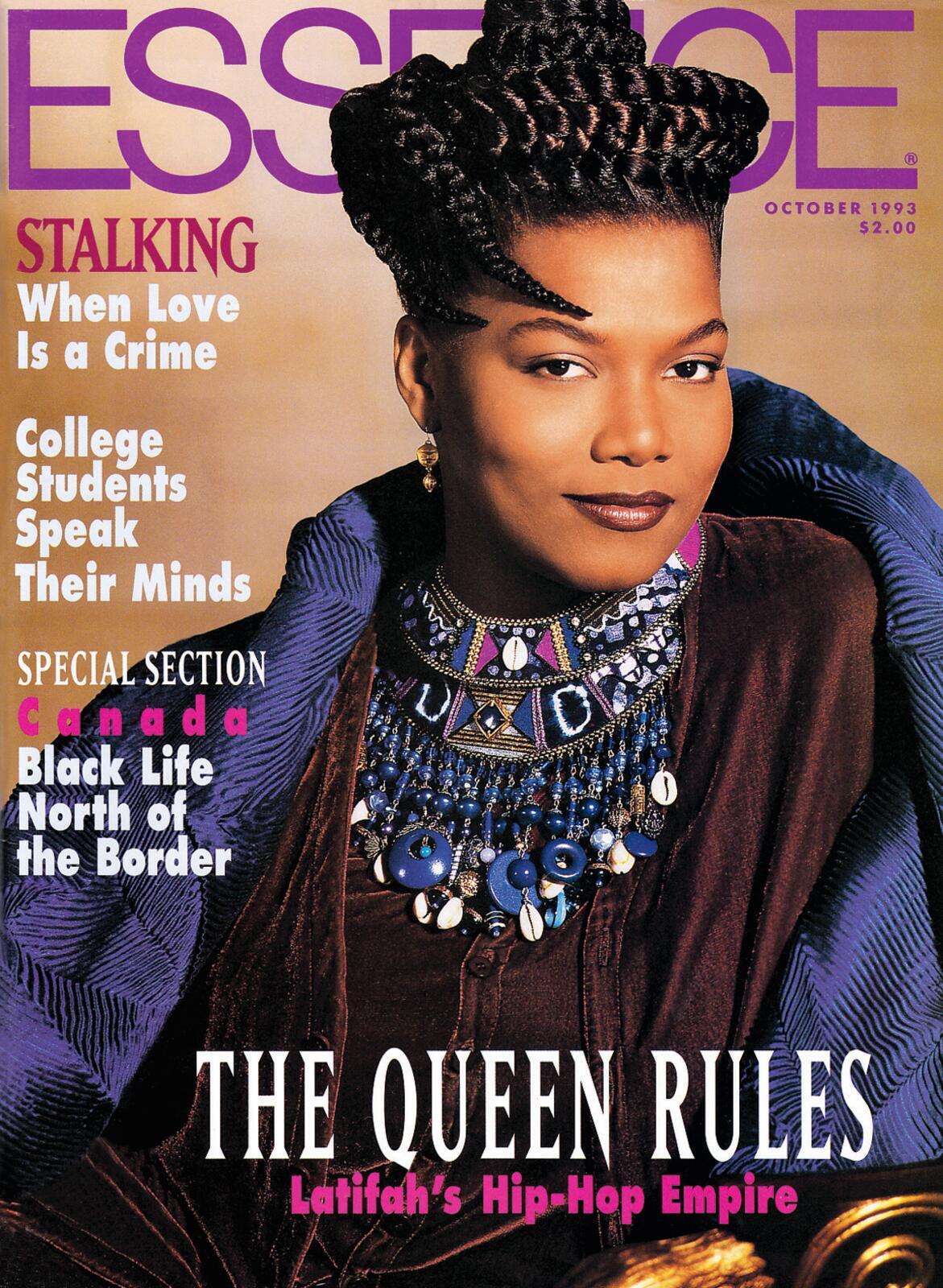
The decade was filled with firsts-the first Black Miss USA, Carole Gist; Mae Carol Jamison, the first Black woman to take a trip to space; and Carol Moseley Braun, the first Black woman elected to the U.S. Senate. ESSENCE would add to that history by inaugurating the ESSENCE Awards. And when ESSENCE celebrated its 25th anniversary in 1995, it staged the ESSENCE Festival in New Orleans. Editor-in-chief Taylor used the magazine to initiate vital conversations, on topics from Black love to the HIV/AIDS epidemic.
2000s
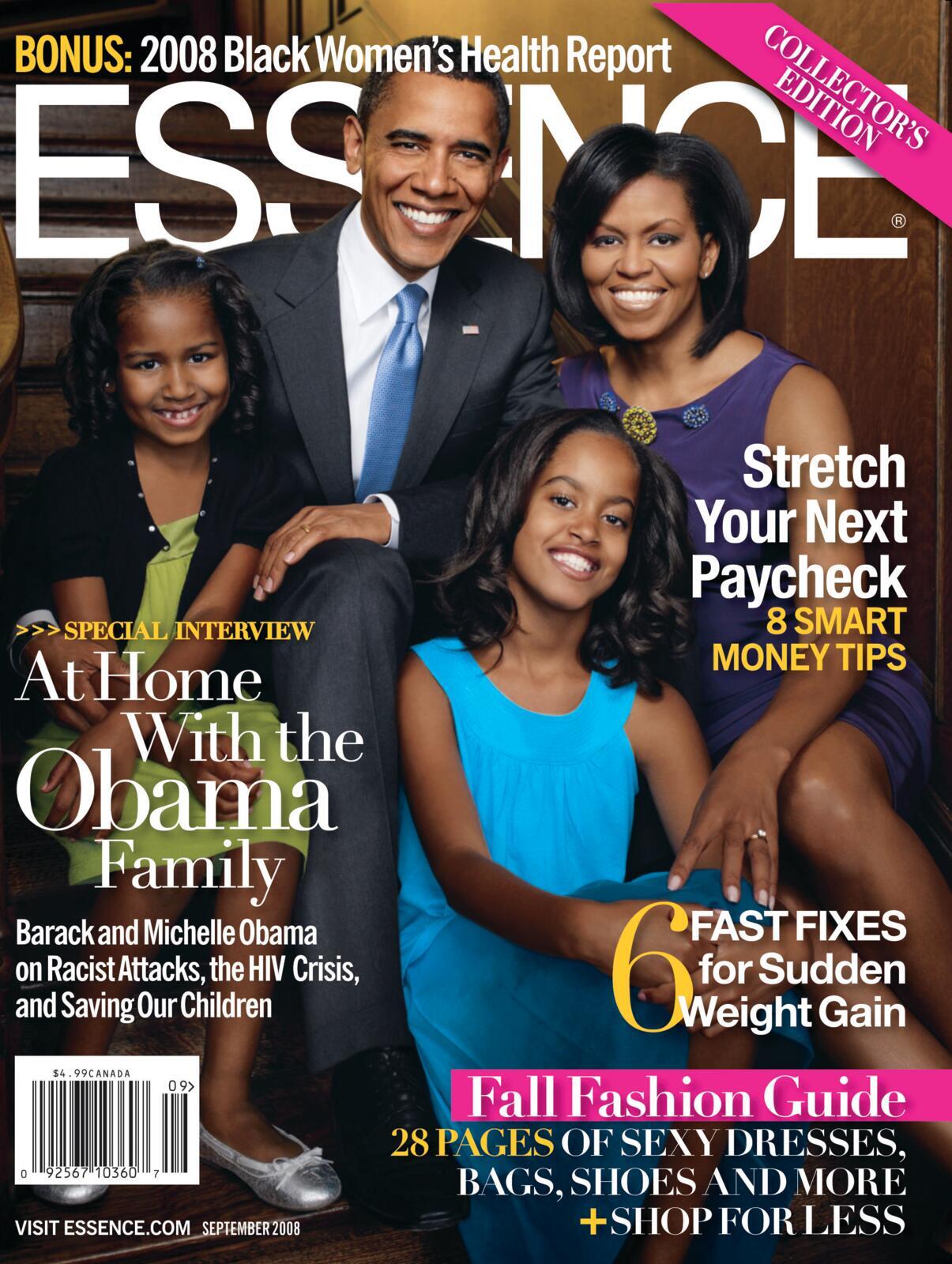

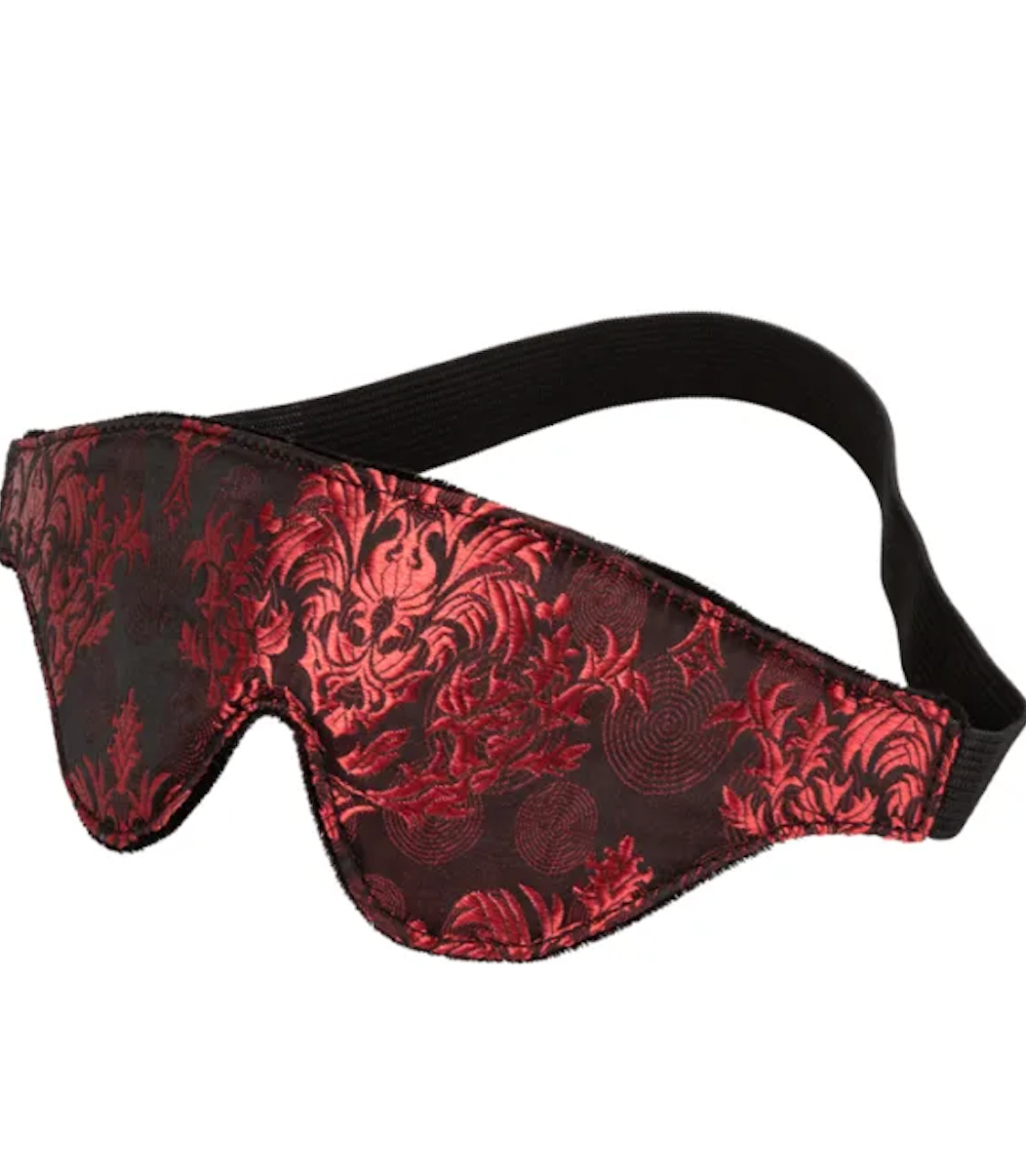
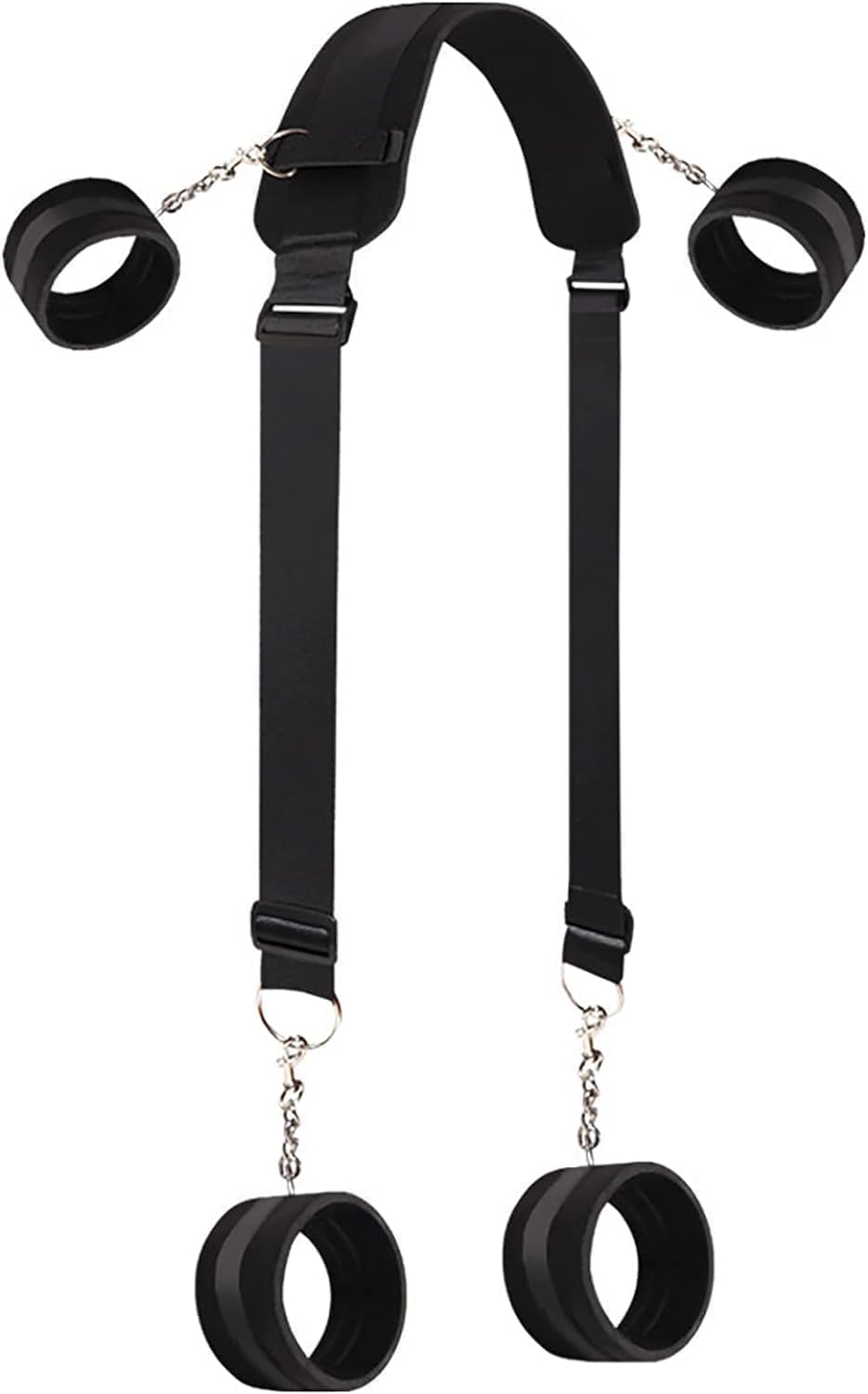
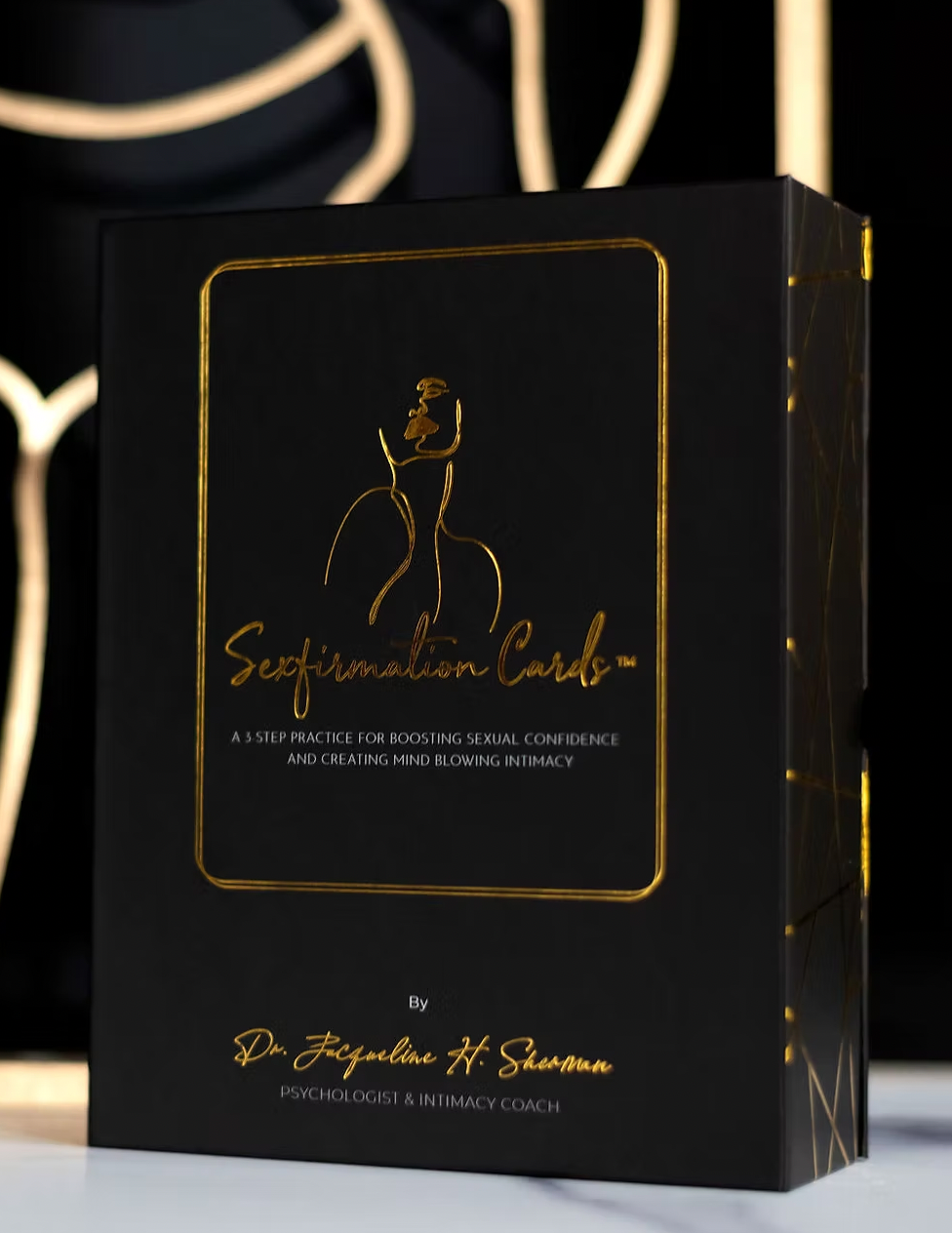



Though initially slow to embrace hip-hop’s rise, ESSENCE cofounder Ed Lewis briefly considered buying Vibe. In 2000, he negotiated a deal in which Time Inc. purchased 49 percent of the company for $143 million. Time Inc. acquired the rest of the company’s shared five years later.
2010s
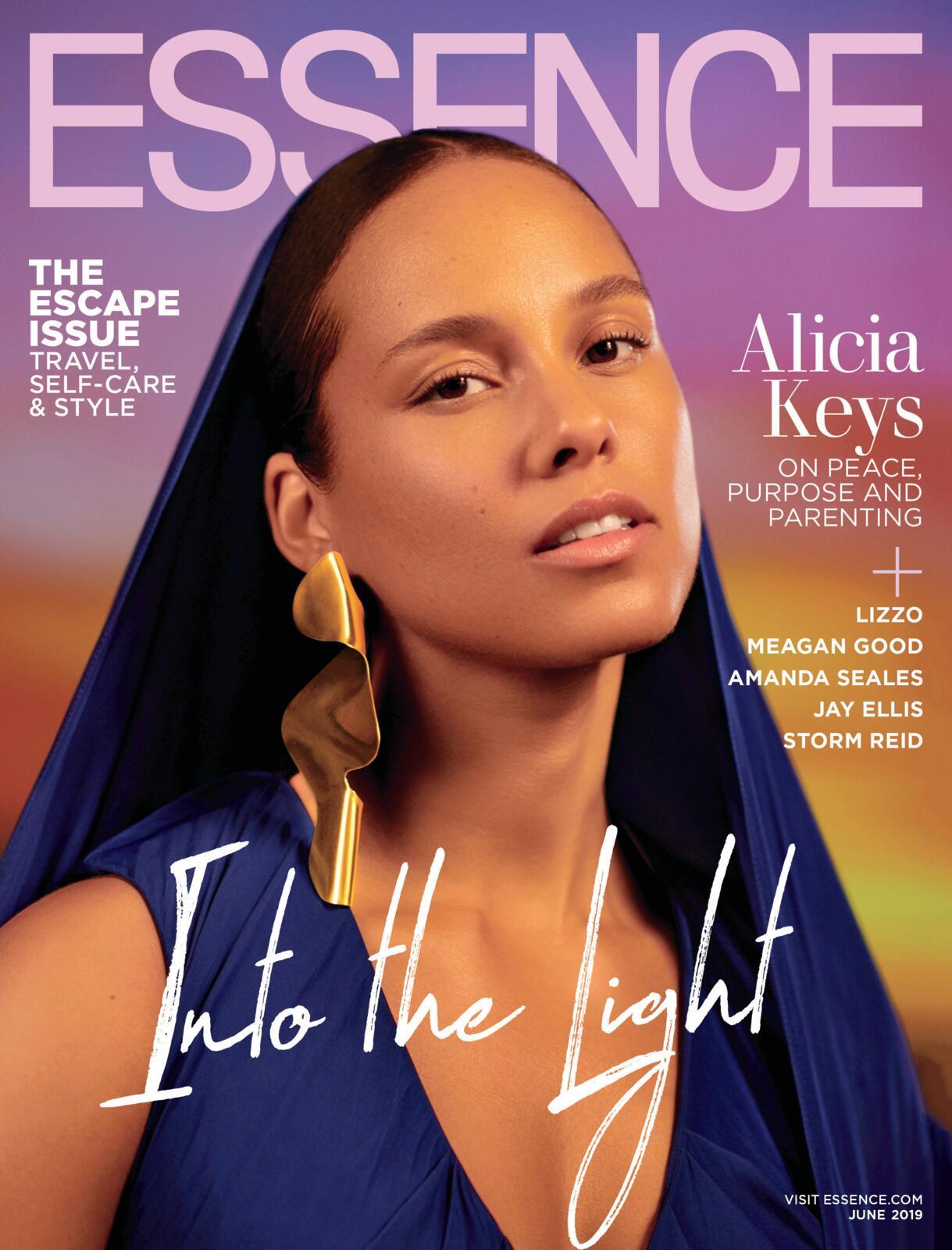
Following the buyout from Time Inc., ESSENCE fought to maintain its editorial vision and authenticity. Nonetheless, the brand continued to innovate, launching its annual Black Women In Hollywood Awards. The magazine also highlighted the Black Lives Matter Movement win 2015; and appeared in Will Packer’s Girls Trip.
Watch ‘Time Of Essence’ now, streaming on MAX.
